While many of us typically rely on handphones or smartphones to communicate with those around us, there are certain situations where you may not be possible to get any cell phone coverage at all – rendering even the most high-tech smartphones useless.
That’s where radio communication equipment comes in to bridge this essential communication gap. Whether on land or out at sea, having the right radio communication equipment is key to keeping yourself as well as your colleagues, crewmates, or even loved ones safe.
In an emergency situation where cell phone coverage is down or extremely weak, radio communication is still possible via the nearest radio tower connection. In other words, a reliable radio could make all the difference between life and death in an emergency situation.
Here’s a quick overview of some radio communication equipment available for land and sea use:
Radio Communication on Land
There are many equipment options for radio communication on land, some of which may require a radio licence. These equipment can be used for personal or emergency communications.
1. CB Radio
Citizen Band (CB) radio is an amateur radio communication equipment that is more useful over shorter distances, such as picking up nearby emergency or distress signals.
2. Ham radio
Ham radio is popular for off-grid communication, but usually requires some degree of training ending in an accredited licence. However once you receive your licence, you will also get a unique identification call sign enabling you to conduct two-way communication with emergency and ham radio frequencies. There are several types of ham radio transceivers each of which have their own benefits and drawbacks:
- Handheld transceivers: Similar to a walkie-talkie and good for outdoor use, but with limited range and functionality.
- Mobile transceivers: Small and typically installed in vehicles such as cars or trucks, but loses signal quickly when removed from vehicle.
- Handset transceivers: Similar to Land Mobile Radio with a ‘walkie talkie’ look. More compact and portable than mobile transceivers, but with limited range. UHF handheld radios like the ICOM IC-F2100D are suitable for urban environments as they can best penetrate buildings.
Find out more in our guide to starting amateur ham radio in India.
Radio Communication at Sea
1. VHF Radio
Very High Frequency (VHF) radios like the ICOM IC-M330 or ICOM IC-M37 are a great tool for radio communication on the water. They are perfect for distress and safety signals, ship-to-shore communication and other calls to shore, navigation, and NOAA weather channels.
We have both fixed mount marine VHF and handheld marine VHF radios for sale to suit your crew and vessel’s needs and requirements.
2. SSB Radio
Single sideband (SSB) radios work by transmitting high frequency (HF) waves that span a larger distance than lower frequency (LF) signals. These HF frequencies have longer wavelengths than VHF transmissions, meaning SSBs can cover thousands of miles. The range and quality of your SSB signal depend on the antenna’s length and radio set-up.
SSB radios complement VHFs, and are not a replacement for VHFs.
3. GMDSS
The Global Maritime Distress and Safety System (GMDSS) is a worldwide communication network between ships, shore stations, and aircraft in an emergency. It enables ships to alert other vessels or shore authorities during emergencies, coordinate search and rescue expeditions, or provide general and safety-specific broadcasts as well as bridge-to-bridge communication.
Find out more about GMDSS and other essential radio communication equipment for marine vessels.
Finding a Reliable Radio Communications Supplier
Our customers have trusted Tecomart as a reliable radio communication equipment supplier since 1994. We provide the best communications products and solutions for our customers so that you can remain safe and connected whether on land or out at sea. Get in touch for more information on our products and services.

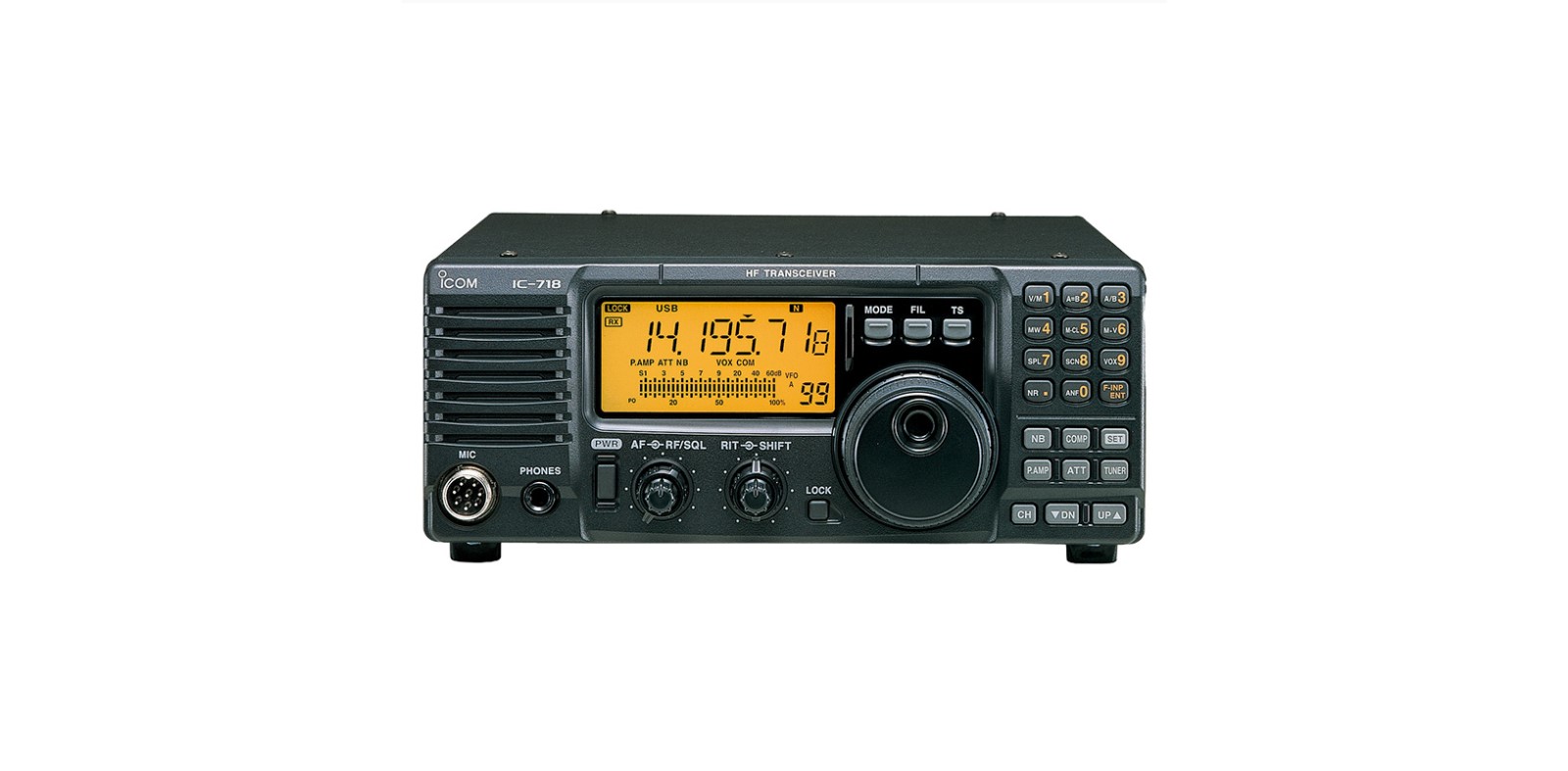
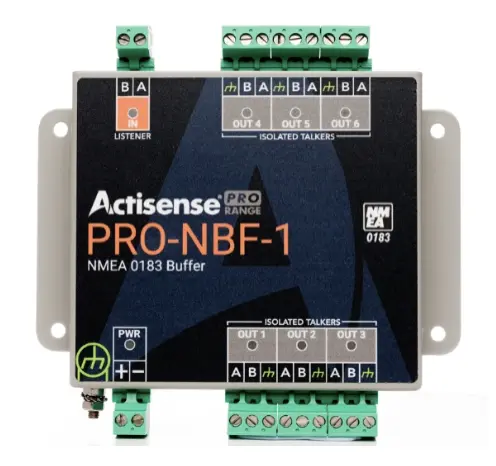

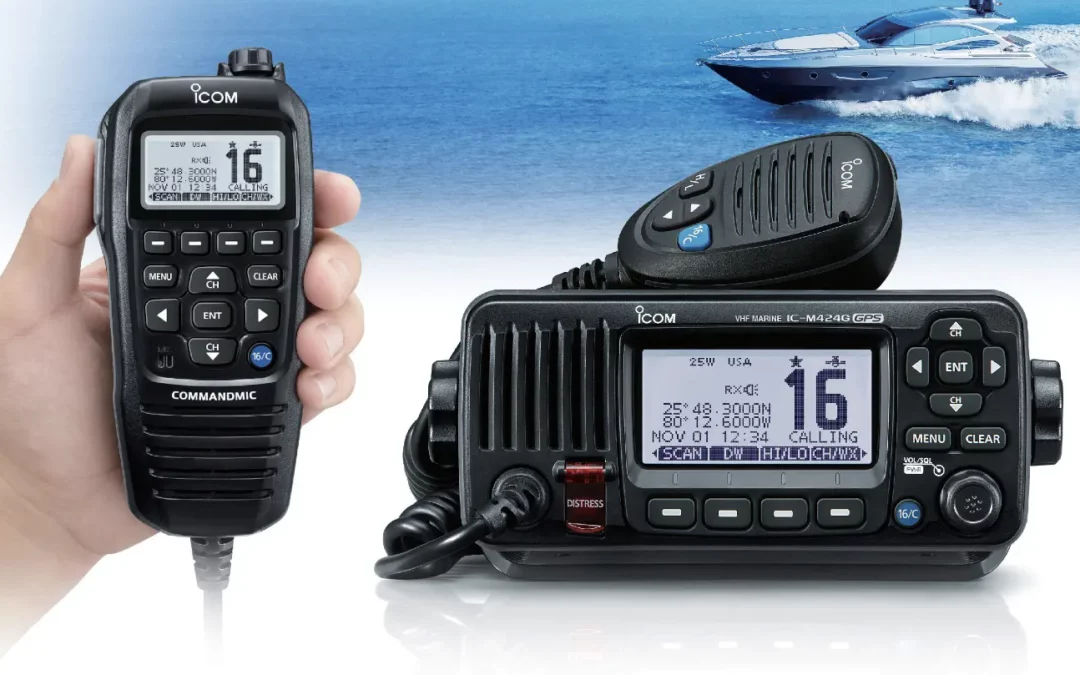
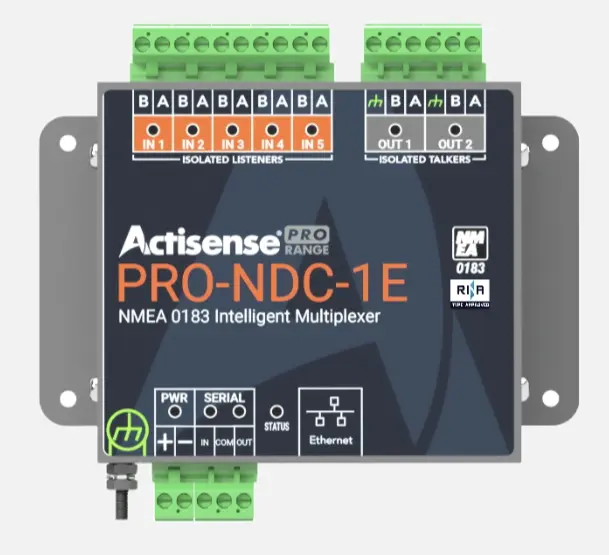
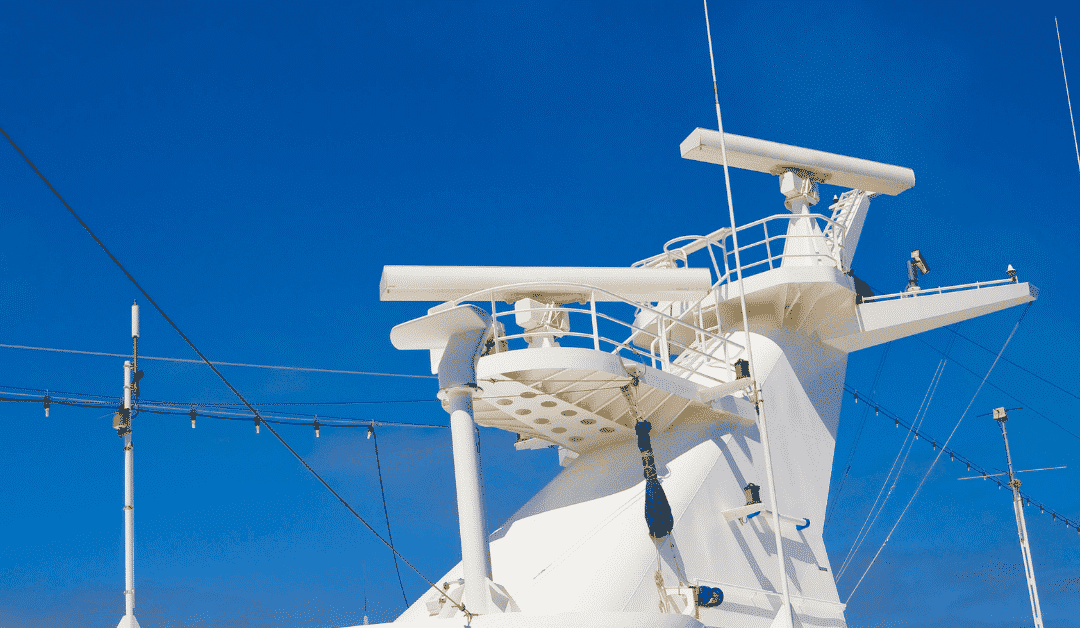

0 Comments